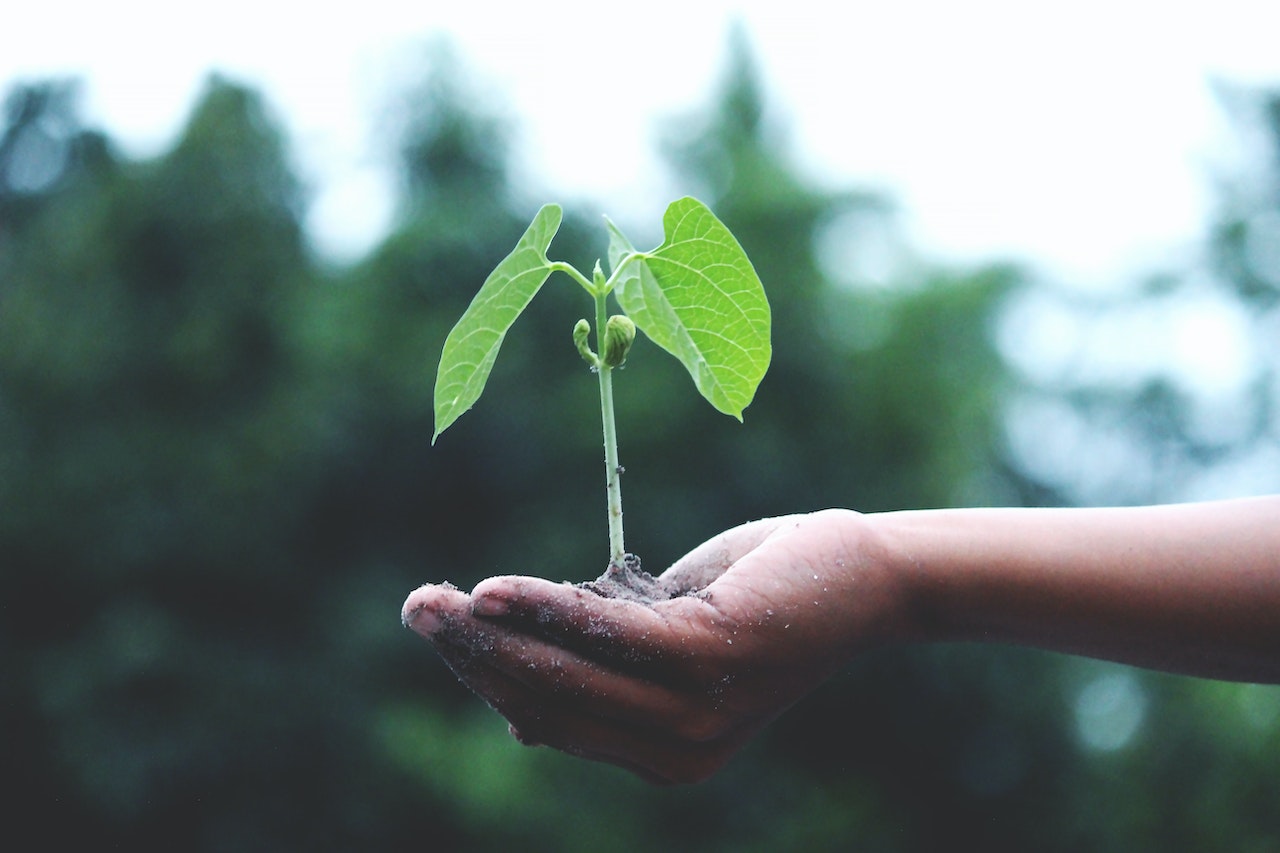This post was originally published on Sustainability Matters

Westfalia Fruit has committed to using all parts of the avocado across the supply chain, including the skins and seeds, to make new, sustainable products.
Avocados imported for retail, food service and wholesale customers are carefully inspected and any unsuitable avocados are processed at Westfalia’s facility into products like avocado pulp, smashed avocado and guacamole.
However, the avocado skins and seeds from the process, previously typically used in low-value applications such as anaerobic digesters, are now finding new, higher-value alternative uses.
Having partnered with Efficiency Technologies, the value of the entire by-product channel of avocado skins and stones is assessed to optimise use, with the most recent development being a technology extracting a natural, sustainable dye from avocado stones, with SAGES London.
The process extracts perseorangin (a rare and sought-after natural pigment) from avocado stones collected at Westfalia’s UK facility. The pigment offers eight distinct shades ranging from light yellow to rich reddish-brown, creating new opportunities for sustainable colouring solutions across multiple industries.

Westfalia Fruit’s sustainable dye extraction on display at Fruit Logistica 2025.
The specialised extraction method isolates perseorangin, which constitutes approximately 3% of the avocado stone, and processes it into a dried powder form, providing extended shelf life.
“This breakthrough represents a significant step in our journey toward our total crop use strategy,” said Andrew Mitchell, Head of Group Innovation at Westfalia Fruit.
“By transforming what was once considered by-product into a valuable resource, we’re creating sustainable solutions that benefit multiple industries. The ability to produce eight distinct natural shades while maintaining our commitment to use the entire fruit demonstrates the potential of innovative thinking in sustainable agriculture.”
Besides the dye extraction, remaining materials from the avocado skins and stones are also processed into additional products — for example, starches are directed to paper manufacture as a precursor to packaging production, while ground materials find applications in cosmetics as natural exfoliants, as alternatives to micro-plastics.
The natural dye extraction process represents an advancement in sustainable practices, particularly as industries increasingly seek alternatives to synthetic dyes.
The powder format enables stability and ease of use across various applications, while the range of the eight distinct natural shades provide versatility for different product requirements.
This innovation comes at a time when consumer demand for natural, sustainable products continues to rise across fashion, beauty and packaging sectors. The pigment’s successful showcase at London Fashion Week highlighted its viability in sustainable fashion, while ongoing collaborations with industry leaders in cosmetics and packaging demonstrate its cross-sector appeal.
Plans are underway to understand how the technology could be expanded to additional Westfalia facilities in Europe, where more avocado by-product can be processed using the same techniques.
The company’s integrated operations enable efficient collection and processing of avocado stones and skins from multiple production sites, which will help to maximise the sustainable impact of the initiative and builds upon Westfalia’s commitment to sustainability and circular economy principles.
Top image caption: Westfalia Fruit introduces sustainable dye extraction from avocado by-products.





0 Comments